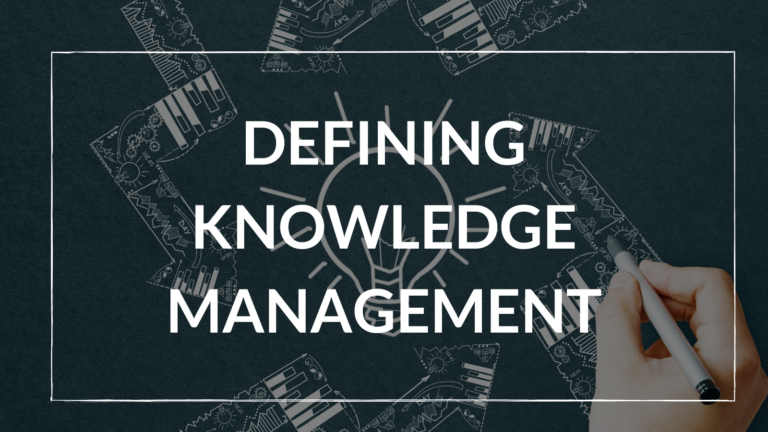What is knowledge management? FireOak's definition of KM
At FireOak, we define knowledge management as the process of systematically capturing, describing, organizing, and sharing knowledge – making it useful, usable, adaptable, and re-useable.
It’s about managing the entire lifecycle of knowledge within an organization – how knowledge is created, captured, secured, described, shared, and reused.

Connecting People with Knowledge
Although Knowledge Management (KM) intersects with records management, document management, IT, and digital asset management along with other disciplines, knowledge management’s emphasis is specifically on connecting people with knowledge.
Tacit Knowledge & Explicit Knowledge
In many cases, KM deals with digital assets and technology. But KM extends far further and should prompt organizations to think about knowledge in more abstract forms, not only knowledge contained within documents, reports, publications, databases, data sets, spreadsheets, memos, notes, or other types of digital assets.
In other words, Knowledge Management is about ensuring that knowledge — both in people’s heads (tacit knowledge) and in the form of knowledge assets (explicit knowledge) – is used to its fullest potential within an organization. It is about helping organizations ensure that they can best take advantage of its internal expertise, skills, and know-how. It includes helping organizations respond to the challenge, “we don’t even know what we know” – a common issue as organizations become more complex and work becomes distributed across locations and silos. It’s about supporting the flow of knowledge across boundaries and silos in order to foster creativity, spark innovation, and enable the development of new knowledge.
Defining Knowledge Management for Your Organization
When we’re working with clients, we use this definition as the starting point to explore various issues related to connecting people with knowledge and information. But it’s just a starting point. It’s important for each organization to adopt its own shared understanding of and define what knowledge management means to them.






